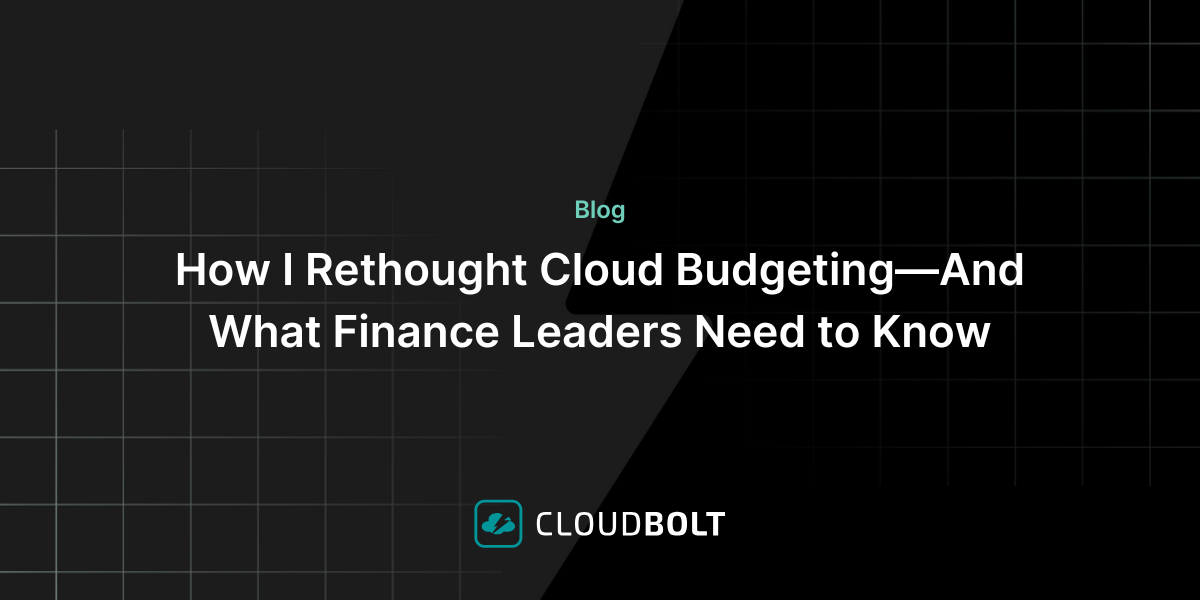Why Cloud Cost Management Tools Can’t Replace Strategy
Many organizations don’t think about cloud cost optimization with any specificity. The approach to the cloud is that costs will find optimization in the cloud.
Granted, moving to the cloud is an excellent way to make your IT operations more cost-effective. But it’s not a be-all-end-all solution.
If you move to the cloud without a plan in place, you won’t like the monthly bills. As a result, many organizations use cloud cost management solutions to bring the cloud under control. Let’s discuss what these tools can, and sometimes can’t, do.
The Case for Cloud Cost Management Solutions
Cloud cost management tools give organizations the control and visibility they need to keep cloud bills in check. Here are the key areas where cloud cost management tools can come in handy:
Unused Instances
The tools identify unhealthy or inactive instances in your billing account and flags them for automatic or manual removal.
Instance Sizing
They provide instance sizing recommendations to help avoid overprovisioning. The tools also match workloads to more suitable alternatives in your cloud deployment.
Unattached Persistent Volumes
The tools identify and delete persistent storage disks that are unattached. This way, organizations don’t have to rack up unnecessary charges for unused storage.
Orphan Snapshots
The management tools identify orphan snapshots and provide an easy way to delete them.
Underutilized Discount Capacity
They identify underutilized discount capacity to help reduce overall cloud expenditure.
Cloud cost management solutions can, indeed, help you identify ways to save on your monthly cloud bill. But the problem with taking a tool-only approach is that it ignores the role of strategy in cloud cost optimization.
Strategy is the Meat and Bones of Cloud Cost Management
Strategy is not a technology issue. It’s a business and people issue. A cloud cost management strategy defines what you need to do, when you need to do it, and why.
Organizations must understand who needs to have access to what and when. They also should understand what happens if an unforeseen event causes a change in the existing circumstances.
Unfortunately, a cost strategy is the easiest step to skip when making a move to the cloud. What many people forget is the cloud has no built-in checks and balances. You have to create your own.
In the traditional IT setup, cost optimization came in-built. For example, when people buy a server, they ask what it is for and how much it would cost. They also ask whether it’s necessary. In the cloud, these resources are available on the fly after entering your credit card details.
This poses a problem. Anyone can get resources in minutes. Unfortunately, everyone does. Creating a cost optimization strategy is the only way to keep things in check and keep your bills predictable. Having a clear picture of your goals helps dictate whether the costs associated with redundant environments are worth keeping.
All the cloud cost management solutions won’t help if you don’t know what you’re optimizing the cloud for. The strategy will also inform the decision on whether you want people to request resources without approval.
Essentially, you must have a broader understanding of your organization’s environment and its goals for effective cloud cost management. Tools cannot give you these insights.
See CloudBolt’s cloud cost management tools in action, sign up for a demo today!
Related Blogs

How I Rethought Cloud Budgeting—And What Finance Leaders Need to Know
If you’re a finance leader trying to bring more structure and strategy to cloud budgeting, you’re not alone. While most…

